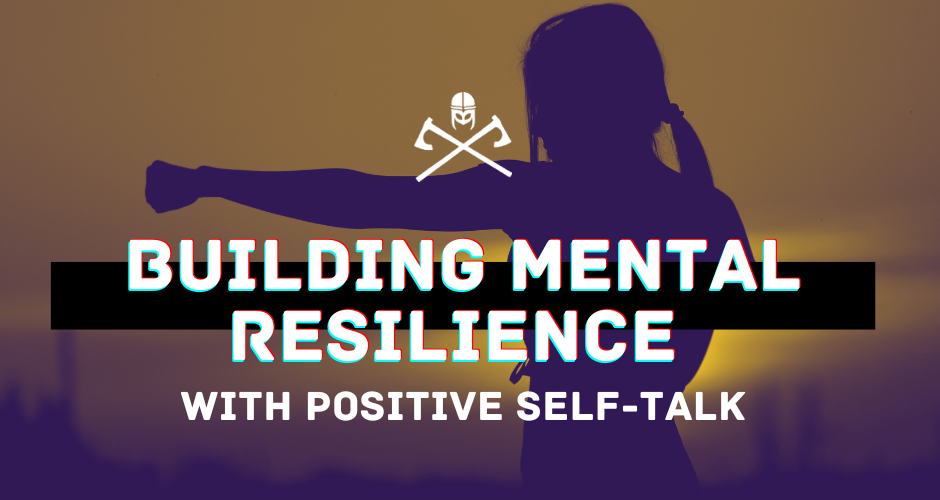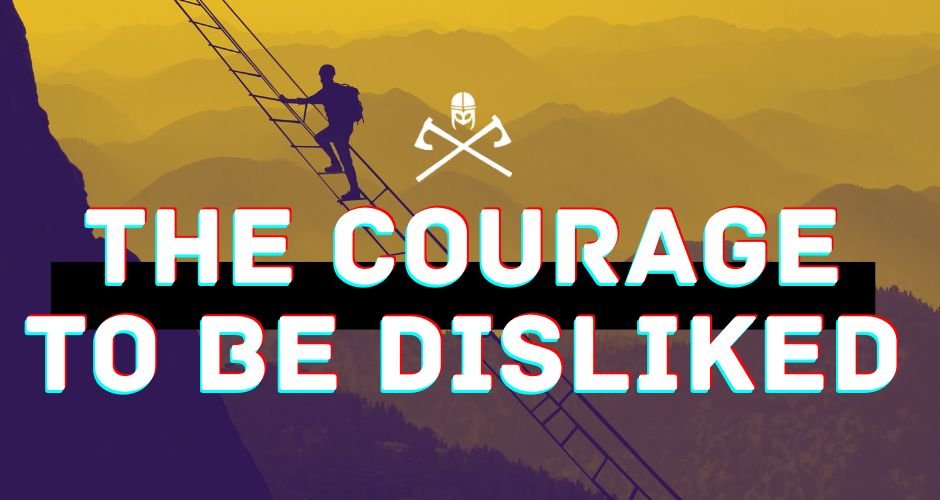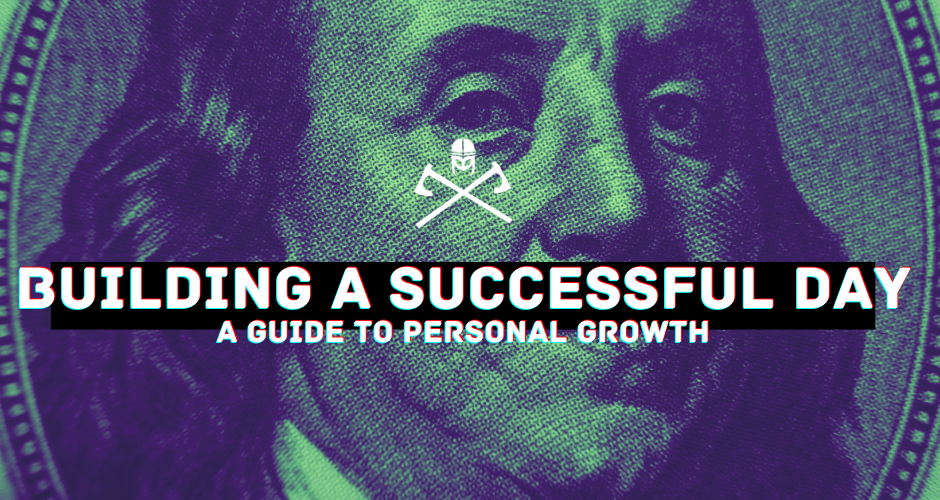
by Gene Crawford | Jun 17, 2024 | Podcast
Ever wondered how turning 50 could be the best thing that ever happened to you? Prepare to be surprised as we share personal stories of unexpected vitality and mental clarity that come with this milestone. From a surprise birthday trip with old army buddies to the physical and emotional changes that accompany aging, we emphasize the power of maintaining a youthful mindset and reconnecting with old friends. The nostalgia and camaraderie we experienced are not just heartwarming but also remind us of the importance of cherishing lifelong relationships.
As we age, friendships evolve, and we become more selective about our close circles. This episode highlights the value of mutual support and accountability within these friendships. We share our thoughts on dealing with loneliness despite increased responsibilities, and the importance of having a core group of friends who push and motivate us. Is it confidence or acceptance that makes us feel secure in these friendships? We ponder this question while recognizing the continuous drive for personal growth and the significant role our friends play in it.
(more…)

by Gene Crawford | Jun 12, 2024 | Podcast
Unlock the secret to transforming your mindset and enhancing your performance through the power of positive self-talk. Our latest episode of the Warrior Mindset Podcast reveals practical strategies to become your own coach, empowering you to boost confidence, sharpen focus, reduce anxiety, and elevate motivation. We’ll share specific techniques like using present tense, being precise, staying realistic, and embracing positive language, all illustrated through real-life athletic and professional examples. Discover how simple yet effective tools like motivational phrases and positive affirmations can keep you anchored and driven, even in the most challenging situations.
Join us as we delve into the mental toughness needed to face extreme physical trials, with compelling stories such as the 45-minute plank hold from Kokoro Camp. Learn how to feed your courage wolf by breaking down daunting tasks into manageable steps and staying focused on achievable goals. Personal anecdotes, including the grueling Echo Bike challenge, underscore the importance of positive thinking and mental resilience. Embrace the warrior ethos and uncover the strategies to thrive through adversity by making a conscious choice to nurture positivity and courage within yourself.
(more…)

by Gene Crawford | May 20, 2024 | Podcast
We dive deep into the compelling themes of ‘The Courage to Be Disliked,’ a book that serves as a clarion call for authenticity in an age where societal judgment can be crippling. Join Heather and me as we embark on a thought-provoking journey through the philosophy of Alfred Adler and the life-changing potential that comes with embracing our true selves.
We discuss the impact of societal pressures, such as OCD and germophobia, and the importance of recognizing these as limitations that can, and should, be overcome. Through the lens of personal responsibility, we underscore the empowerment that comes from owning our choices and the direct influence they have on our happiness and health. The importance of work ethic is a standout theme in our discussion. By showing up consistently and dedicating ourselves to our endeavors, we inadvertently stand out in a world where the bar is often set low. We share anecdotes that reveal how a strong commitment can lead to unexpected opportunities and a sense of fulfillment that extends beyond personal achievement.
The conversation also delves into the cultural obsession with quick results, contrasting this with the profound satisfaction of mastering a craft through time and dedication. We stress the significance of community and how our individual contributions can lead to collective improvement.
We hope that our exploration of these themes will inspire you to pick up ‘The Courage to Be Disliked’ and join us on this journey of self-discovery and empowerment. It’s time to live courageously, authentically, and with a sense of purpose that transcends the opinions of others.
(more…)

by Gene Crawford | May 6, 2024 | Podcast
Are you ready to transform your days into a springboard for success all year long? Our latest podcast episode uncovers morning rituals that can boost productivity and self-improvement. We discuss a daily framework that begins with asking, “What good shall I do today?” and delve into a structured schedule that balances work, planning, and personal growth. Our conversation explores timeless wisdom, focusing on the importance of intentionality and how it can set the tone for a fulfilling day. We also examine a set of guiding virtues that promote continuous self-improvement and reflection.
To bridge the gap between traditional and modern approaches, we turn to contemporary thinkers like Arnold Schwarzenegger and Ryan Holiday, who offer insights into building a growth mindset and the power of community support. Our podcast discusses the role of positivity and ethical decision-making, emphasizing the importance of seeing the positive in challenges and maintaining a moral compass. We conclude with practical takeaways, encouraging listeners to begin each day with purpose and to structure their routines for success. Tune in to learn how to apply these practices to create mornings that lead to a life of excellence.
(more…)

by Gene Crawford | Apr 29, 2024 | Podcast
Success is often clouded by self-doubt and the fear of being exposed as an imposter. In this latest episode Greg and I discuss overcoming these fears through authenticity and vulnerability.
We share our experiences with imposter syndrome and discuss the impact of societal pressures and curated social media. We offer insights from our backgrounds in business, martial arts, real estate, providing strategies to help you fight self-doubt.
We examine the role of external validation and emphasize the importance of internal metrics, highlighting Gary Vaynerchuk’s and Dr. Sean Pastuch’s insights. We define imposter syndrome and its various types, using personal stories to illustrate our journey through self-acceptance.
One significant takeaway is the struggle with pricing our worth. We discuss how the tension between commercial success and artistic integrity can fuel imposter feelings, especially when it comes to pricing and negotiation. We stress the importance of valuing one’s work and charging what one is truly worth.
Remember, imposter syndrome doesn’t define you. It’s a shared experience, and by confronting it with honesty and courage, we can all emerge victorious.
(more…)





